These liquid filters use gravity to pull used water from an aquarium or marine environment. This fresh or salt water is run through a series of filter media before being returned to the tank or body of water from which it came. Wet/dry vacuum cleaners employ the second type of wet dry filter. Read More…
Liquid filters are just a part of our complete line of filters and cartridges. Shelco is dedicated to providing our customers with excellent quality customer service and high quality products. This is shown through our state-of-the-art research and development team working to increase performance while reducing costs. We take pride in the fact that Shelco filters are distributed and used all over ...

Clean Liquid Systems is a leading manufacturer of air and liquid filters. Our number one priority is to create the best filters that match the needs of our customers. We strive to have a fast turnaround while not reducing the quality of our products. Filtration is the only thing we do and ensure that we make our products right. We provide our customers with hundreds of years of experience and...
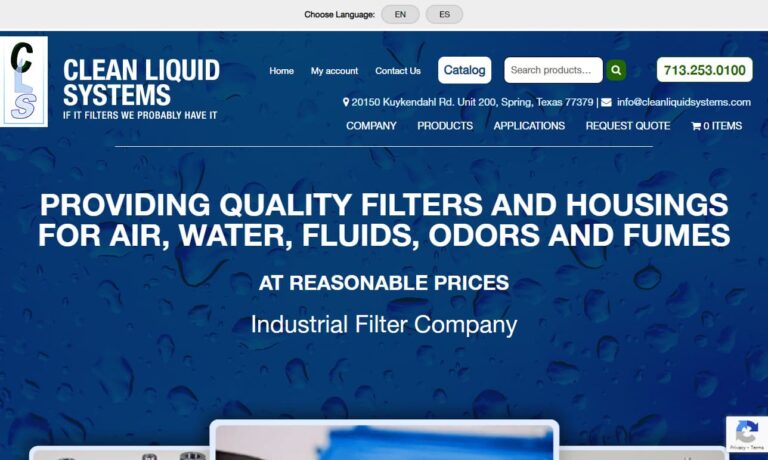
At Great Lakes Filters, we specialize in providing advanced liquid filtration solutions that keep industrial systems running clean, efficient, and reliable. With decades of experience in the filtration industry, we have developed a deep understanding of how to meet the demanding requirements of diverse applications—from metalworking fluids and coolants to chemical processing, water treatment,...
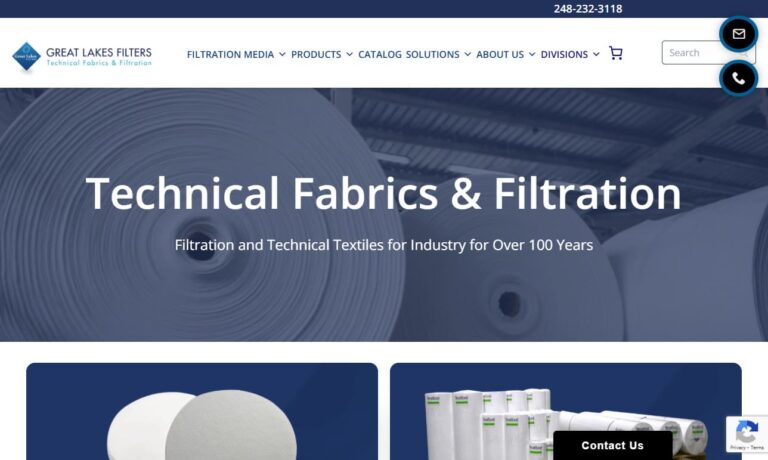
At Ryan Herco Flow Solutions, we are dedicated to providing high-quality liquid filtration products that keep critical processes running smoothly. Our expertise lies in helping customers solve complex fluid management challenges, and our liquid filters are at the heart of those solutions.
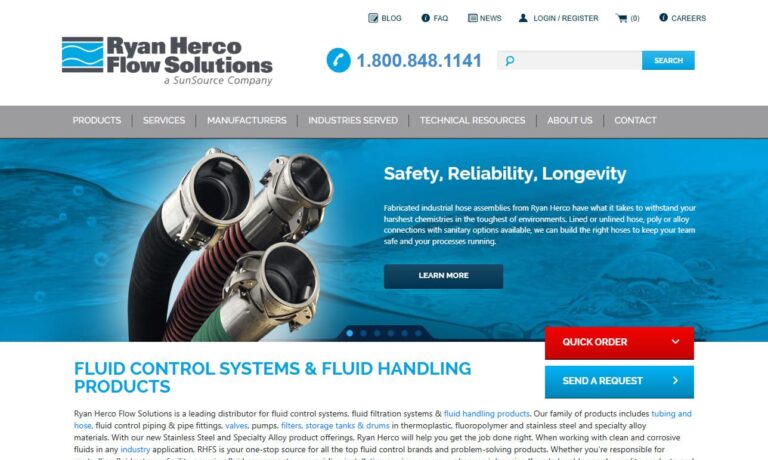
More Wet Dry Filter Manufacturers
These mechanisms are used in a much wider arena of industrial applications including metalworking, water treatment, woodworking, agricultural, oil and petroleum, food processing, construction, automotive, recycling and more. To distinguish between the two types, these are often referred to as wet/dry vac filters. Simple in design and function, wet dry vacuum filters use gravity and prevent the variable liquids and debris collected from workshop, warehouse and garage environments from being exhausted back into the environment.
Aquatic wet dry filters, also referred to as trickle filters, are located below a tank or aquarium and use gravity to cyclically draw water down into a large container where it passes through a pre-filter, often made of expanded foam that allows the water to pass but blocks larger particulates. The liquid then passes through chemical resins and activated carbon or clay, which absorbs organic or dissolved organic pollutants. Once enough water accumulates at this level it drips down to the final stage of filtration, collecting oxygen along the way. This is a biological filter, which uses bacterial colonies of digestive microbes to purify the water.
Wet dry filters utilized by industrial vacuums also use gravity as the driving force but are much simpler in design. Powerful motors generate fans that draw air, liquids such as coolant, water and oil as well as materials including dust, dirt, wood and metal chips and even complete parts such as dropped nuts and bolts up into a hose that is connected to a large metal or plastic canister. While paper and other traditional filtration may be temporarily put in place if the vacuum is collecting only dry materials, it must be removed before encountering liquids that will quickly degrade the filter.
As the flow of materials reaches a central housing it slows down considerably, allowing the debris to drop down into a bucket or compartment below. The force of gravity removes the majority of large particulates and impurities, while the air continues through. If further purification is required, the air is forced through one or more membrane filters, which may be made of fibrous materials such as nylon, fiberglass or cotton; expanded thermoplastic foams, such as polytetrafluoroethylene may also be used. Thoroughly purified air is then exhausted back into the atmosphere.





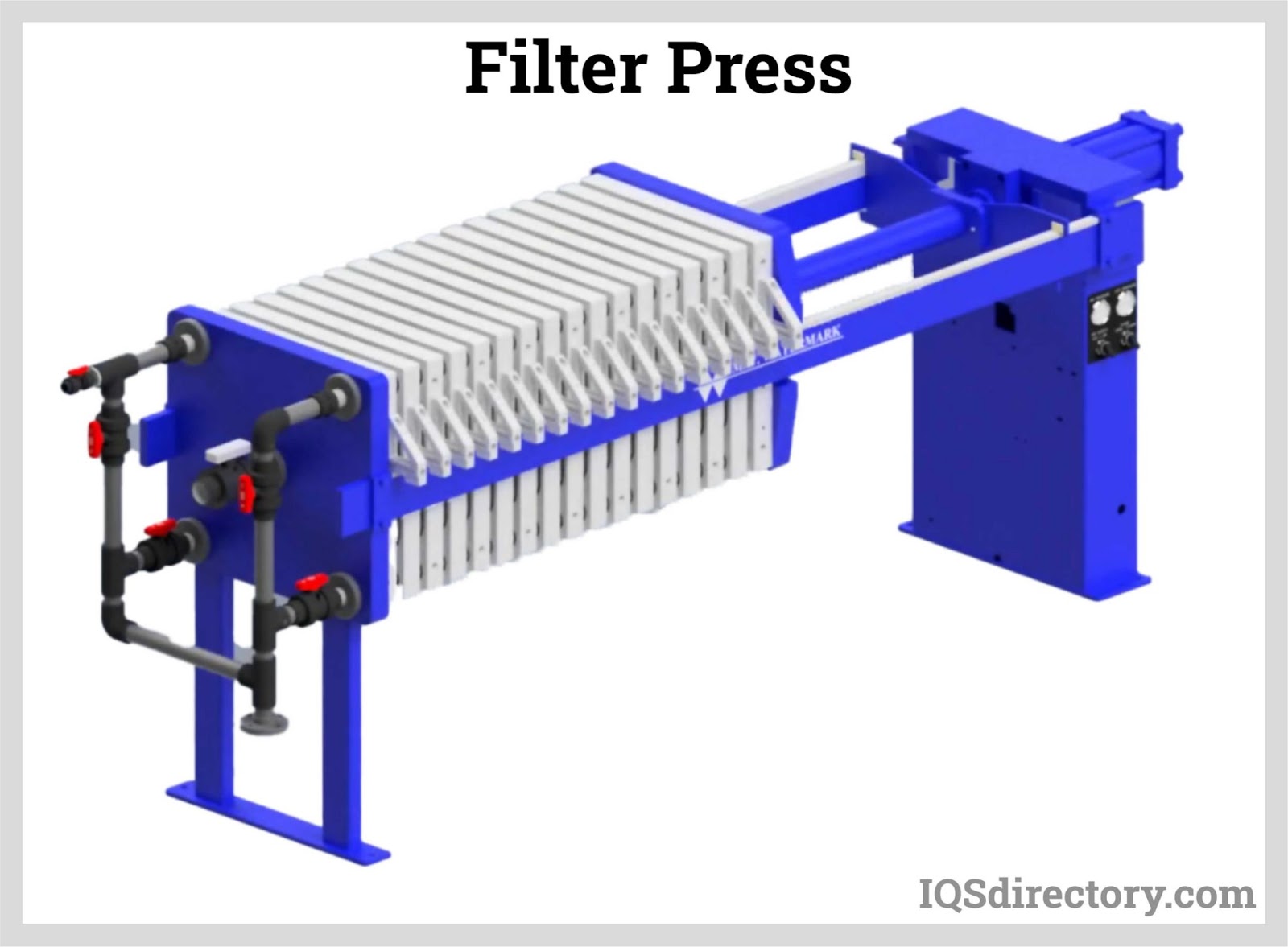
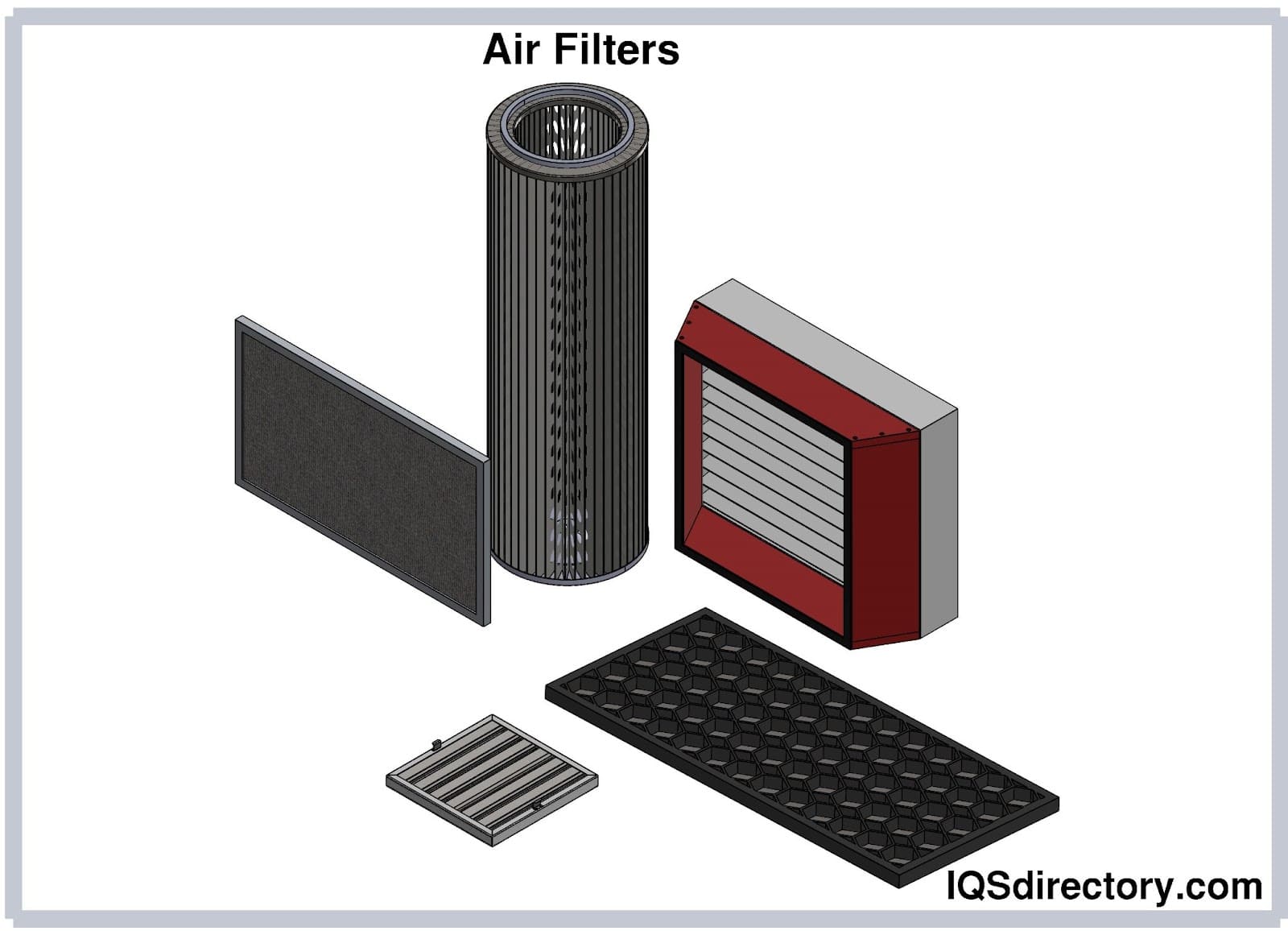
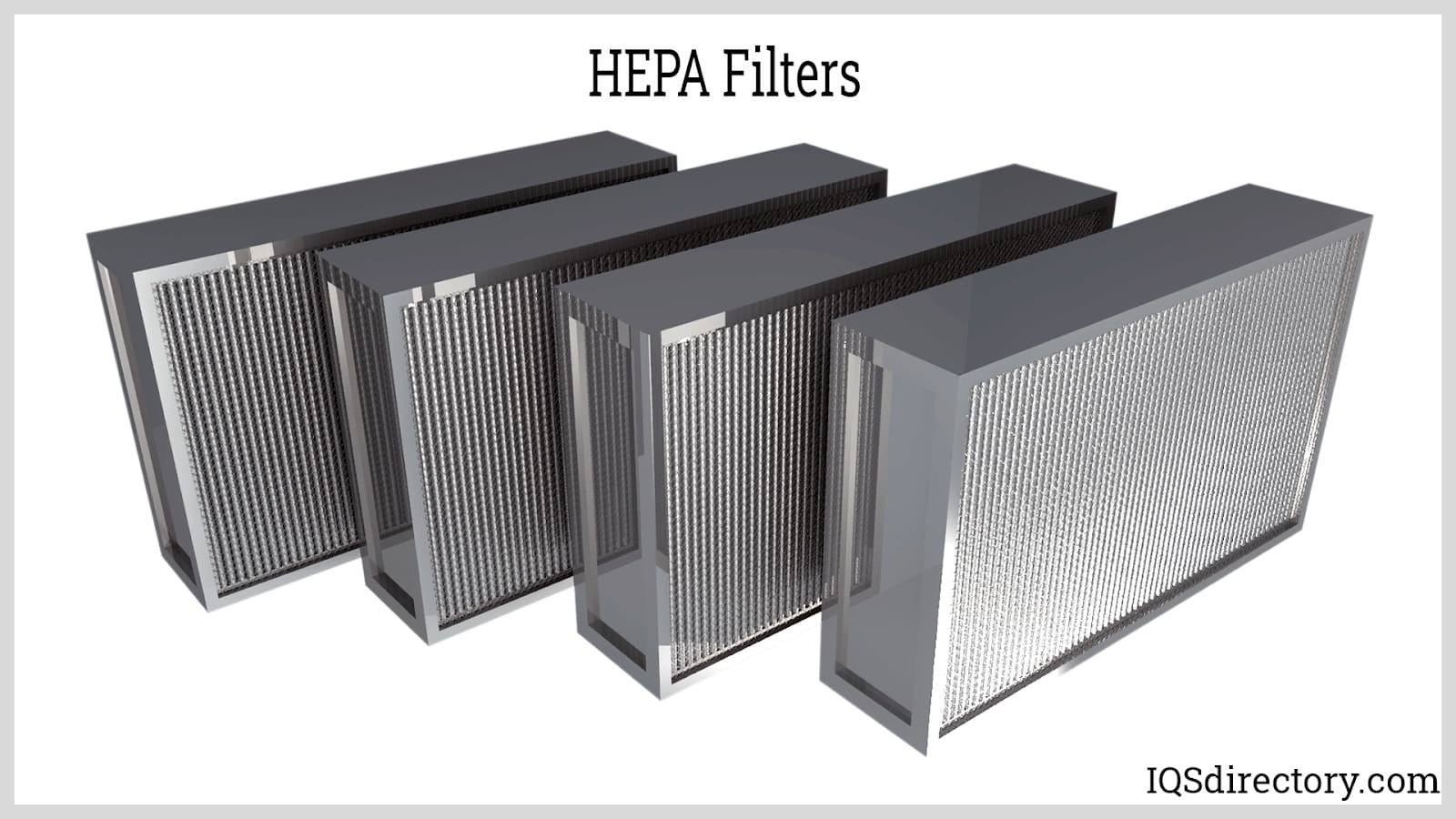
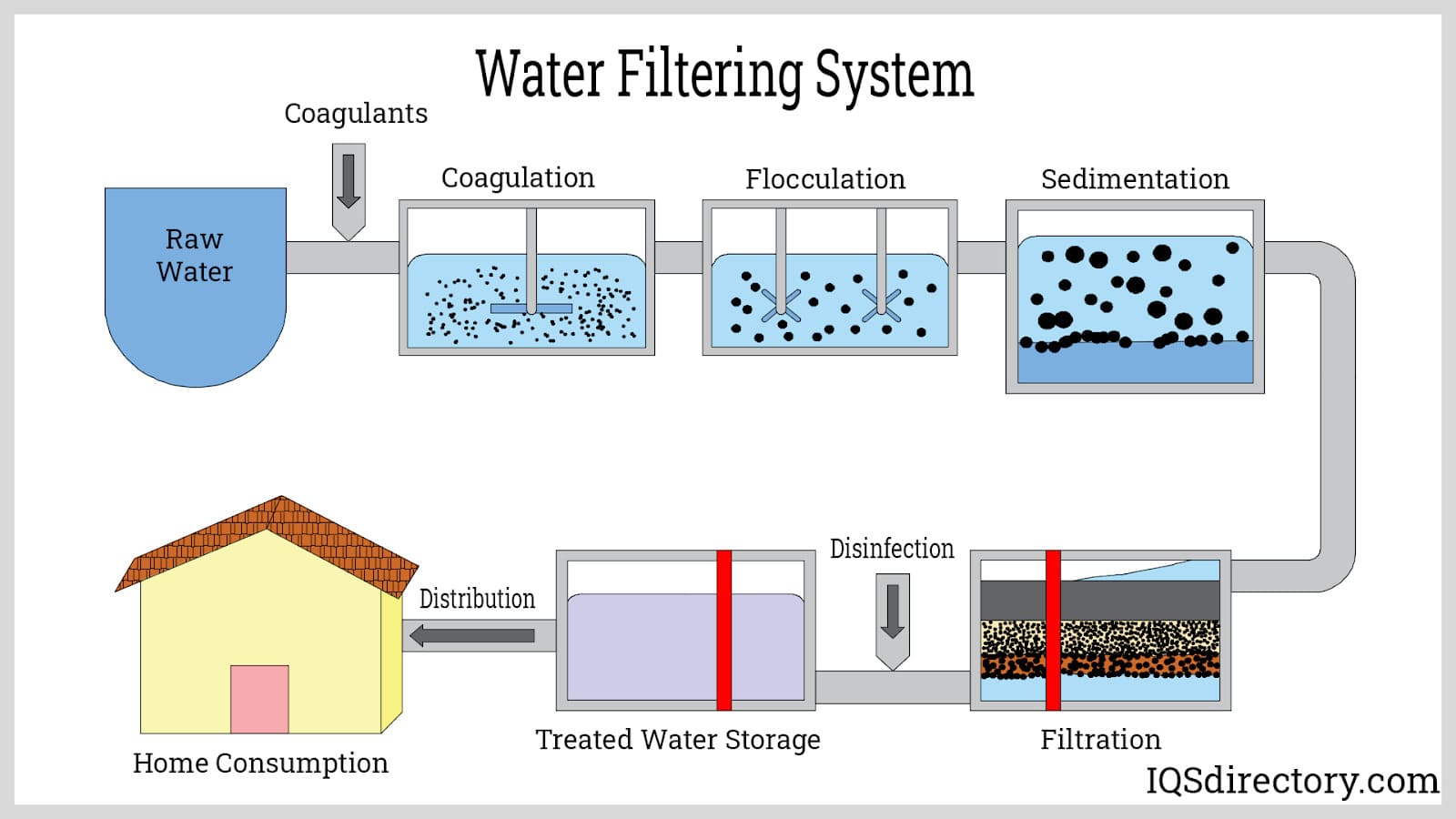
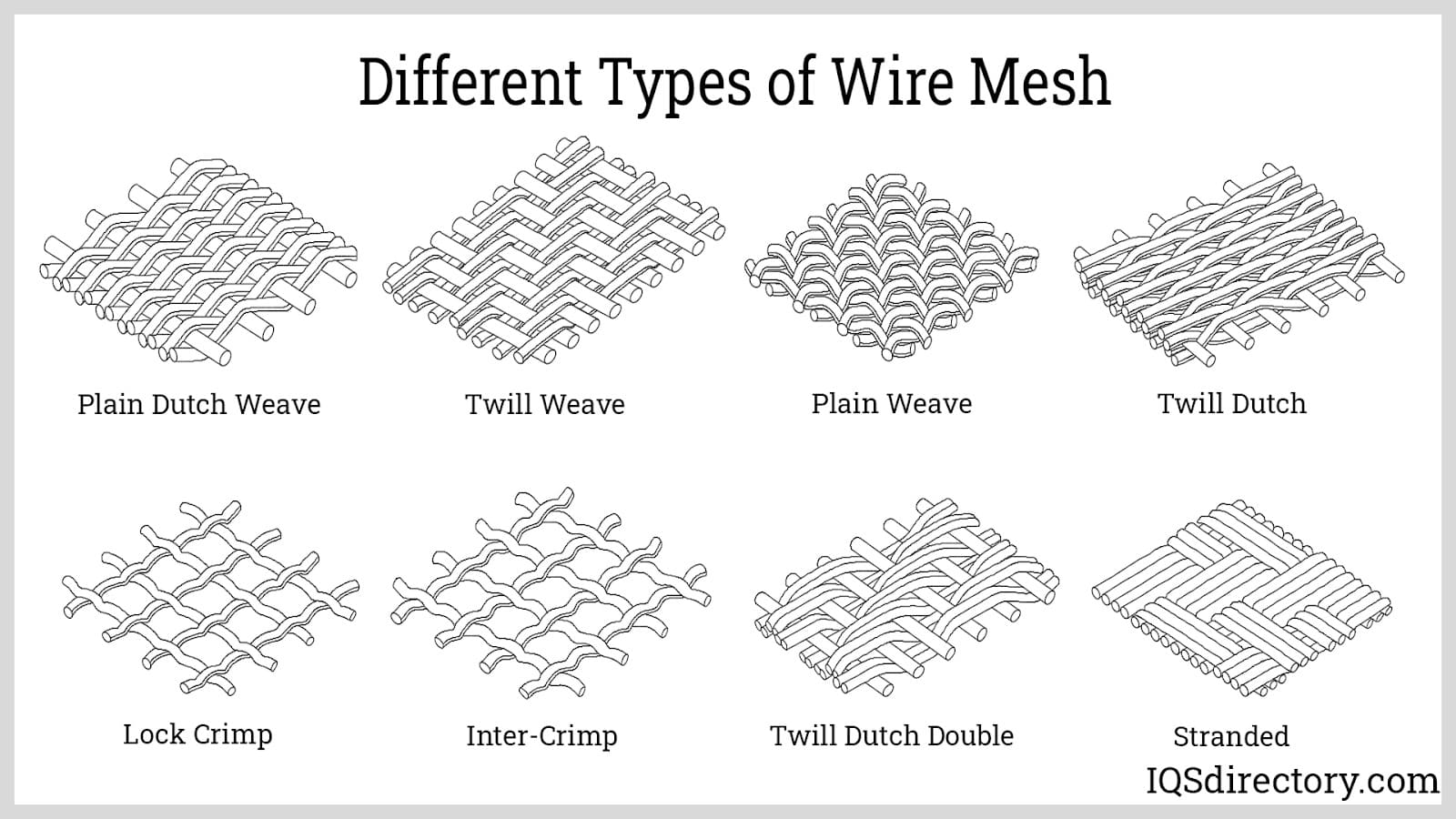
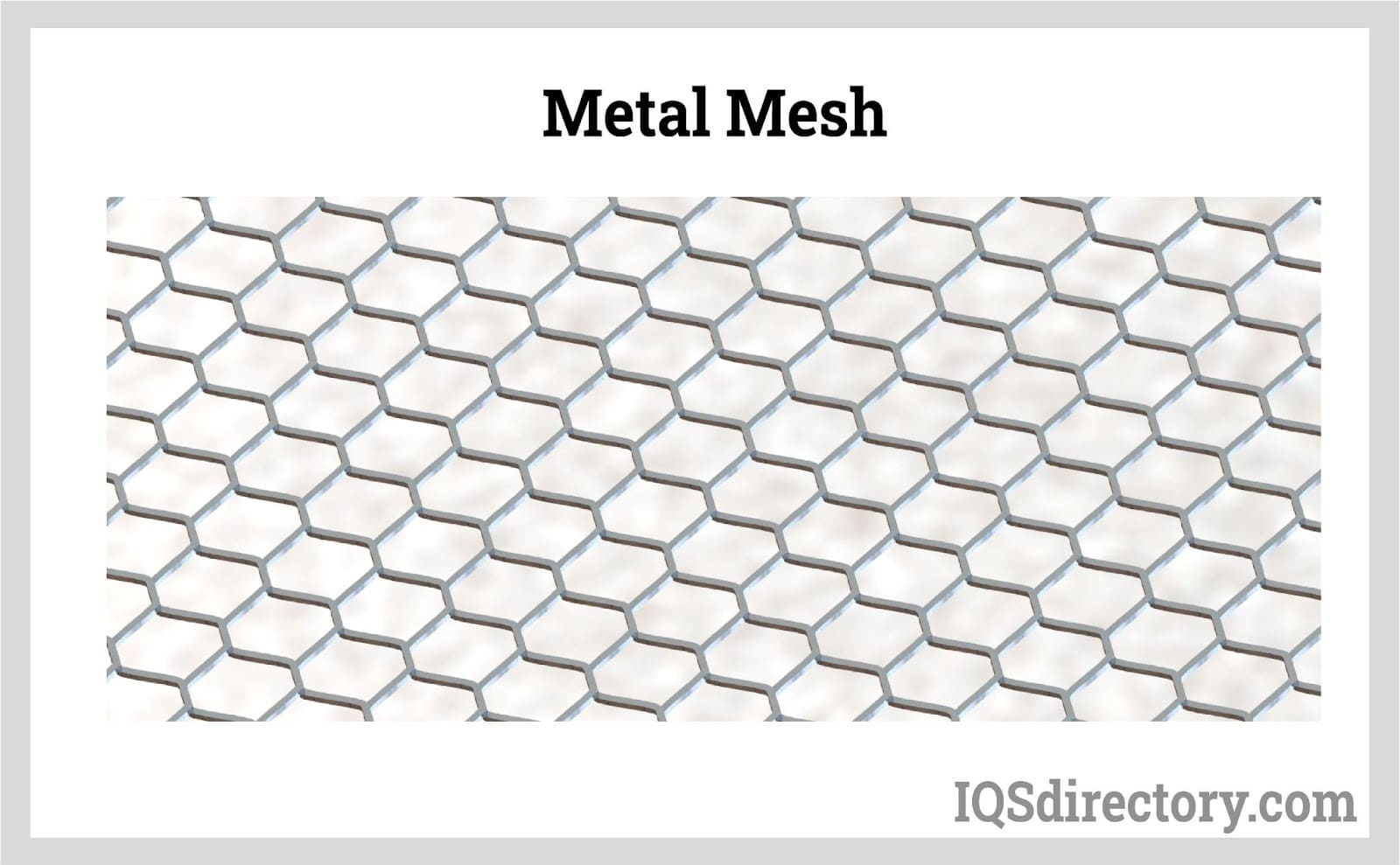
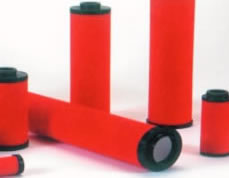 Air Filters
Air Filters Liquid Filters
Liquid Filters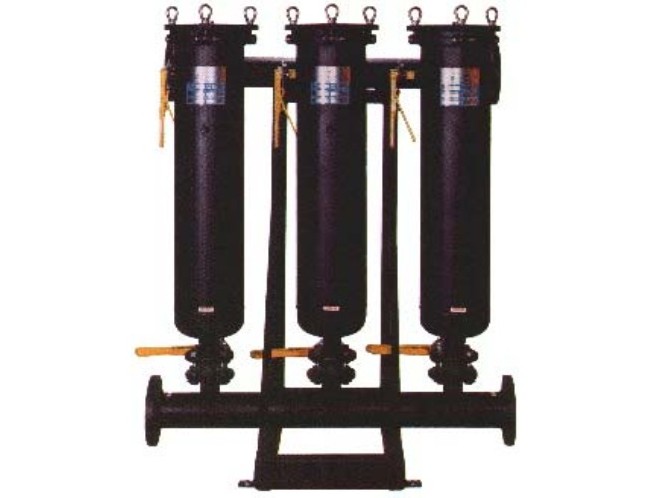 Filtering Systems
Filtering Systems Castings & Forgings
Castings & Forgings Bulk Material Handling
Bulk Material Handling Electrical & Electronic Components
Electrical & Electronic Components Flow Instrumentation
Flow Instrumentation Hardware
Hardware Material Handling Equipment
Material Handling Equipment Metal Cutting Services
Metal Cutting Services Metal Forming Services
Metal Forming Services Metal Suppliers
Metal Suppliers Motion Control Products
Motion Control Products Plant & Facility Equipment
Plant & Facility Equipment Plant & Facility Supplies
Plant & Facility Supplies Plastic Molding Processes
Plastic Molding Processes Pumps & Valves
Pumps & Valves Recycling Equipment
Recycling Equipment Rubber Products & Services
Rubber Products & Services